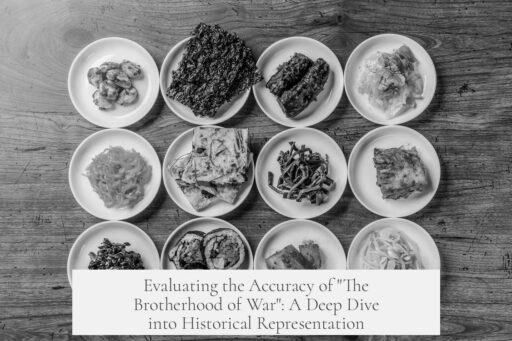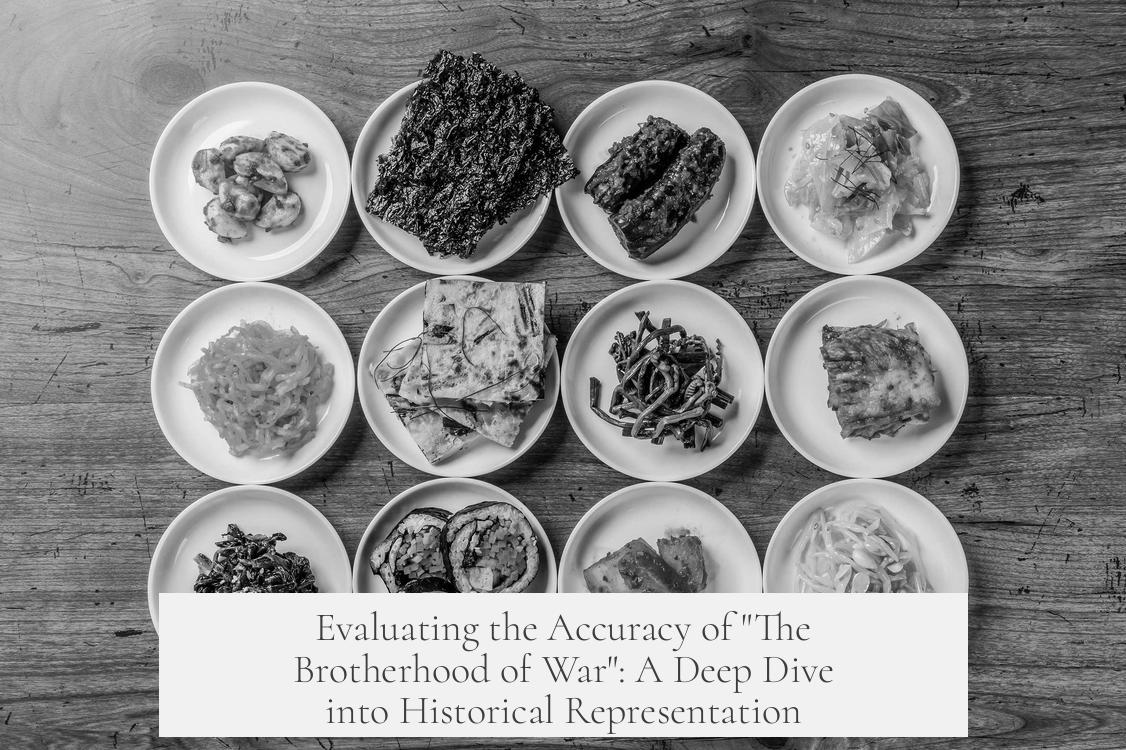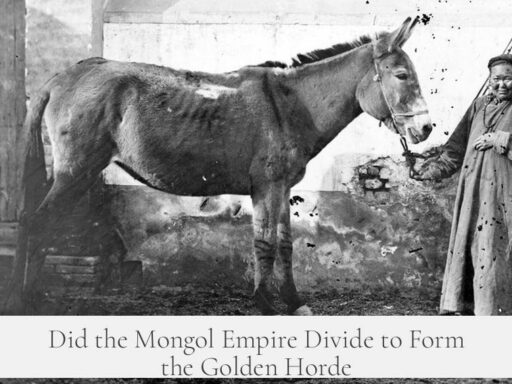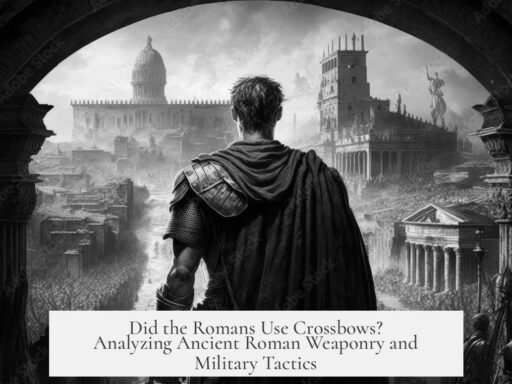The Korean film “The Brotherhood of War” depicts the Korean War with a notable degree of historical accuracy, particularly in portraying the soldiers’ experiences and specific wartime conditions. While the core storyline includes some fictional elements, the film captures many true details from the conflict. Its vivid depiction of frontline hardship aligns well with historical accounts.
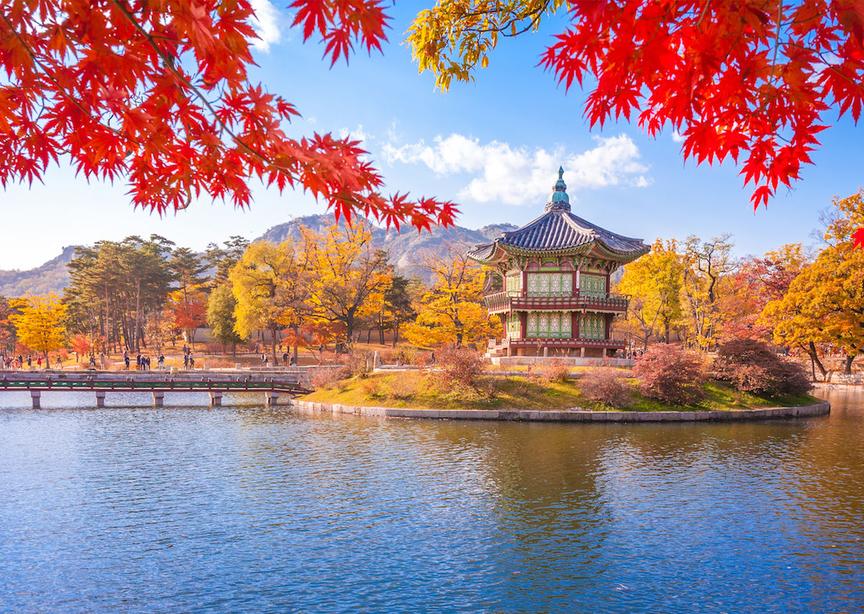
One striking example is the film’s portrayal of booby-trapped corpses. Historical documents and oral histories confirm this as a common strategy during the Korean War. Arthur Mitchell’s book, Understanding the Korean War, describes how American troops frequently encountered dead bodies rigged with explosives and had to use hooks or chains to move them safely (page 160). This grim tactic is highlighted in survivor testimonies, such as those archived by the Wisconsin Veterans Museum and The Memory Project, which recount instances of soldiers discovering these hazards firsthand.
The film also addresses issues like rotten food given to soldiers, a problem common in many conflicts before modern military rations. Until the development of vacuum-sealed Meals, Ready to Eat (MREs), armies grappled with spoilage, which affected morale and health. This detail adds realism to the soldiers’ struggles as portrayed in the movie.

While the narrative dramatizes events for emotional impact, the environmental and logistical hardships depicted are well rooted in verified history. The film’s commitment to showing the brutal realities of the Korean War—beyond just battlefield tactics—strengthens its authenticity.
For further context on the film and its accuracy, see the oral histories and comprehensive military analyses available online:

Key Takeaways:
- The film accurately presents many frontline experiences of the Korean War.
- Booby-trapped corpses were a documented and common danger during the war.
- Supply issues like rotten food reflect genuine soldier conditions before modern rations.
- Some fictional elements serve to enhance the film’s dramatic narrative.
How Accurate Is the Korean Film “The Brotherhood of War”?
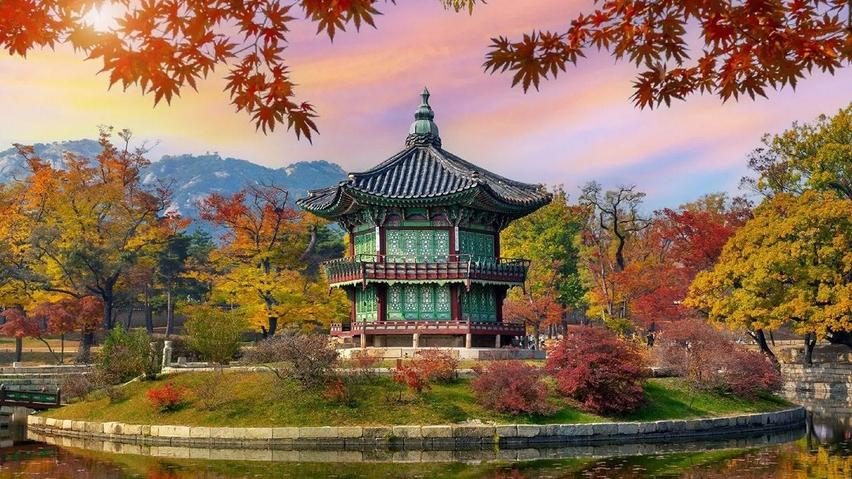
If you’ve ever watched The Brotherhood of War and wondered whether it captures the gritty reality of the Korean War or just sprinkles some Hollywood magic on it, you’re not alone. To cut to the chase: the film delivers a remarkably accurate portrayal of the war experience, even if the central plot has some dramatized elements. Now, let’s unpack that and see how close it stays to history, scene by scene.
This film isn’t merely about explosions and gunfire; it dives deep into the psychological and physical toll the war took on soldiers. So, how close does it get to reality? Quite close. The filmmakers clearly did their homework on the specific details that matter.

War’s Gritty Details: Booby-Trapped Corpses, Rotten Food, and Soldier Struggles
One particularly chilling element the film shows is the use of booby-trapped corpses, a grim tactic that seems almost too sinister for fiction. Yet, this is firmly grounded in fact. Arthur Mitchell’s Understanding the Korean War confirms it as a common enemy practice, noting American troops often confronted this horrifying reality firsthand (page 160). They had to use hooks and chains to carefully remove corpses suspected of being rigged with explosives—touching those bodies without caution could blow a soldier to smithereens.
“And so later on that night when the Americans come through hoping that they could get their bodies, they found out that the bodies had been booby-trapped, which meant that if they touched them, they simply would blow up. So they never got them that particular time.” — Oral History, US Veterans Museum
It’s spine-tingling but, sadly, true. Oral histories from soldiers confirm these stories over and over, painting a harrowing picture that the film captures well. This isn’t just some war movie gimmick—it’s a stark reality of the Korean conflict.
The film also doesn’t shy away from portraying the less glamorous aspects of war, like the appalling quality of food. Soldiers often had to contend with rotten or barely edible rations. Before the introduction of vacuum-sealed MREs (Meals, Ready to Eat), such conditions were standard fare for soldiers in nearly every war. So, when you see those grim-looking rations eaten hesitantly on screen, that’s another detail firmly rooted in the reality of the 1950s battlefield experience.
Where Reality Meets Drama: The Central Plot
Now, let’s not kid ourselves—no war movie is perfect, and The Brotherhood of War takes some creative liberties in its core storyline. Some characters and plot events are heightened or fictionalized to boost the emotional weight and narrative flow. But that’s typical for war dramas aiming to hook the audience while still showing the chaos and tragedy of war.
Despite some fictionalization, the emotional depth rings true. The brotherhood (pun absolutely intentional) between soldiers, the relentless exhaustion, and the tragic losses depicted resonate authentically with what veterans have described. The filmmakers seem to prioritize emotional honesty over 100% documentary-like recounting—something that every viewer can appreciate.
Why Does This Accuracy Matter?
At a glance, movies like this could feel like just another war flick. But The Brotherhood of War offers value beyond entertainment. It helps modern audiences understand the harsh conditions and psychological weight the Korean War imposed on soldiers. And this at a time when many know little about that “forgotten war.”
When filmmakers nail such specific and verified details—like booby-trapped corpses and the rotten food soldiers endured—they don’t just add realism; they pay homage to the very real people who lived through the conflict.
Recommendations for Watchers Who Crave Historical Truth
- Watch with an awareness that while the emotional arcs are genuine, some plot points bend for storytelling.
- Consider cross-referencing historical accounts if you want the unvarnished truth. Arthur Mitchell’s Understanding the Korean War is an excellent source.
- Check out oral history projects, like those collected by the Wisconsin Veterans Museum (source), to hear firsthand stories that inspired some scenes.
- Reflect on the conditions soldiers endured—starvation, fear of hidden traps, and unrelenting combat stress.
Final Verdict: The Brotherhood of War—A Worthy Watch for History Buffs and Movie Fans
The Korean film The Brotherhood of War scores high on authenticity. The film nails the atmosphere and the day-to-day grim realities of the Korean War. It represents booby-trapped bodies and food scarcity accurately—two hardships that don’t get enough screen time in war movies. Although some story elements are fictionalized for impact, the film is a valuable cultural document that offers insight into a conflict often overshadowed by World War II or Vietnam.
So, the next time you pop it on for movie night, know you’re getting a slice of Korean War history served with raw emotion and verified facts. And if you want to dig deeper, those oral histories and historical texts serve as excellent guides to the **real** Brotherhood of War.
Interested in learning more about how filmmakers balance art and history? Or curious about Korea’s pivotal but underrepresented war? Grab some popcorn—and maybe a notebook.
